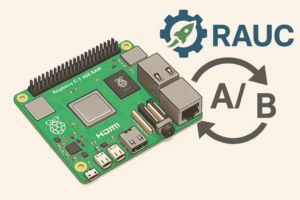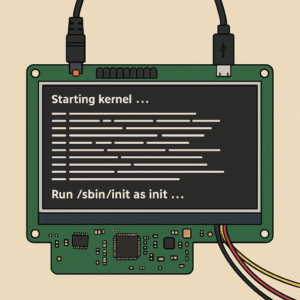Like last year, Bootlin engineer Louis Chauvet is attending the 2025 Display Next Hackfest, taking place this week in Toronto, Canada, and hosted by AMD.
As described on the event website:
The Display Next Hackfest is an event where talented developers will gather to explore the latest technologies and trends in the Linux Display Stack. It has an unconference format where participants propose topics for presenting, roadmapping, discussing and examining together. It aims to unblock bottlenecks, design solutions, raise pitfalls and accommodate the needs of each layer of the display stack. Participants should feel free to propose any topic which interests them. Some topics from the previous edition include: HDR and color management, frame timing and variable refresh rate (VRR), atomic flips, backlight control, testing and CI, etc.
Attending this hackfest is especially important for Bootlin, as it allows us to stay actively involved in the upstream Linux graphics ecosystem. By participating in discussions and collaborative problem-solving sessions with key contributors and maintainers, we ensure that our expertise remains aligned with the latest developments and best practices. This also strengthens our ability to support our customers with state-of-the-art display integration and driver development, while contributing improvements and fixes back to the community.

 Linux 6.15 has been released last Sunday, and we as usual encourage our readers to look at the LWN summaries of the merge window (
Linux 6.15 has been released last Sunday, and we as usual encourage our readers to look at the LWN summaries of the merge window ( As part of a recent project at Bootlin, we implemented A/B
As part of a recent project at Bootlin, we implemented A/B 


